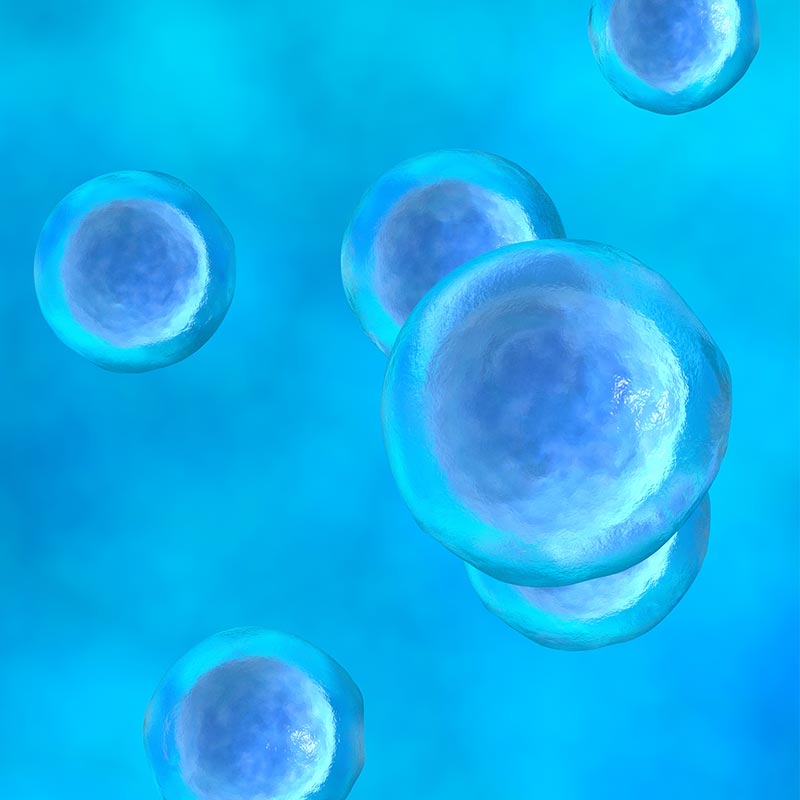The Cell study confirms that boosting NAD+ can significantly extend life span
As early as 1904, humans have already discovered the molecule NAD+ (nicotinamide adenine dinucleotide) from yeast, and subsequent studies have confirmed that it is a key coenzyme in energy metabolism in almost all organisms.
However, it was not until the end of the last century that the relationship between nicotinamide adenine dinucleotide and aging was gradually noticed by researchers.
In 2013, researchers at the Ecole Polytechnique Federale de Lausanne in Switzerland found that increasing NAD+ levels by both “open source” and “throttle” can significantly extend the median life span of C. elegans, which was published in the top journal Cell in July of the same year.
Caenorhabditis elegans is a transparent worm about 1 millimeter long. It is related to the known roundworm, but it is not pathogenic.
Because the reproductive cycle of C. elegans is only 3 days, it can cultivate a large number of individuals in a short period of time, and a large amount of research data has been accumulated on its biological characteristics, so it has become a common model organism in biological research.

Having found that reducing NAD+ levels shortened life span, the researchers then explored whether increasing NAD+ levels could extend life span, using both “open source” and “throttling” approaches.
The so-called “open source” is to directly supplement the precursors of nicotinamide adenine dinucleotide, NAM (niacinamide) and NR (niacinamide riboside) for nematodes.
Both can be synthesized as NMN (niacinamide mononucleotide) in nematodes and converted to nicotinamide adenine dinucleotide.
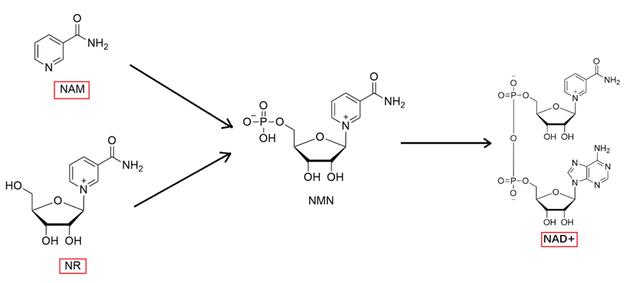
In the experiments, the researchers added 500μmol/L of NR or 200μmol/L of NAM to the culture environment of C. elegans and let the worms live in such an environment “for their entire lives.”
The results showed that both NR and NAM supplementation increased NAD+ levels in C. elegans and significantly extended their lifespan.
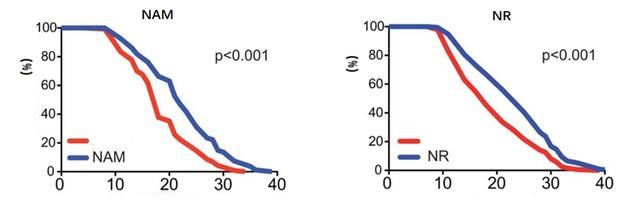
In addition to “open source”, the researchers also used a “throttling” way to increase the NAD+ level of nematodes. As mentioned earlier, NAD+ is a coenzyme, that is, a helper of enzymes.
It helps the enzyme to complete the task of catalyzing the reaction, but at the same time it used up.
Therefore, if the number of enzymes consuming NAD+ reduced by some means,
the level of nicotinamide adenine dinucleotide can also increased.
In the experiments, the researchers treated the worms with a compound called AZD2281,
which inhibits the enzyme PARP that consumes nicotinamide adenine dinucleotide, thereby increasing the levels of NAD+ in the worms.
The results show that this “throttling” means can also achieve the effect of extending life.
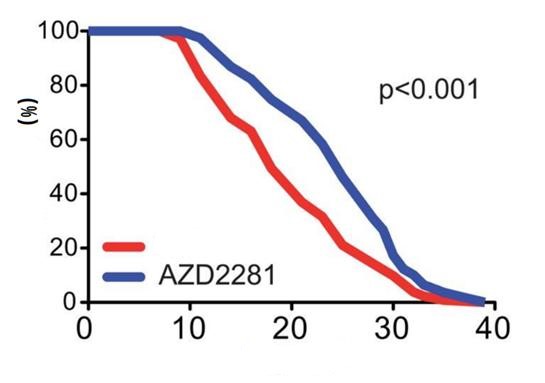
In addition to extending lifespan, boosting NAD+ allowed C. elegans to better maintain mitochondrial function,
and their ATP levels and oxygen consumption were significantly higher than those of the control group.
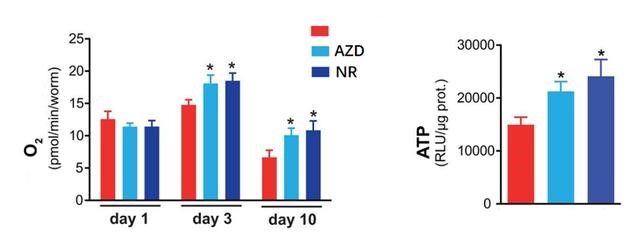
As early as 2000, Professor Guarente’s research team at the Massachusetts Institute of Technology found that the life-prolonging effect of dieting on yeast requires the involvement of NAD+.
This study, published in 2013, demonstrated that boosting NAD+ also extended the lifespan of the multicellular organism Caenorhabditis elegans;
In 2016, Professor Shinichiro Imai’s research team at the University of Washington verified the life-prolonging effect of boosting NAD+ in mice.
It’s hard not to wonder whether the life-prolonging effect of NAD+ in humans can be longer than in animal experiments.
References:
- 1. Mouchiroud, L., Houtkooper, R. H., Moullan, N., Katsyuba, E., Ryu, D., Cantó, C., Mottis, A., Jo, Y. S., Viswanathan, M., Schoonjans, K., Guarente, L., & Auwerx, J. (2013). The NAD(+)/Sirtuin Pathway Modulates Longevity through Activation of Mitochondrial UPR and FOXO Signaling. Cell, 154(2), 430–441.
- 2. Lin, S. J., Defossez, P. A., & Guarente, L. (2000). Requirement of NAD and SIR2 for life-span extension by calorie restriction in Saccharomyces cerevisiae. Science (New York, N.Y.), 289(5487), 2126–2128.
- 3. Yoshida, M., Satoh, A., Lin, J. B., Mills, K. F., Sasaki, Y., Rensing, N., Wong, M., Apte, R. S., & Imai, S. I. (2019). Extracellular Vesicle-Contained eNAMPT Delays Aging and Extends Lifespan in Mice. Cell metabolism, 30(2), 329–342.e5.

